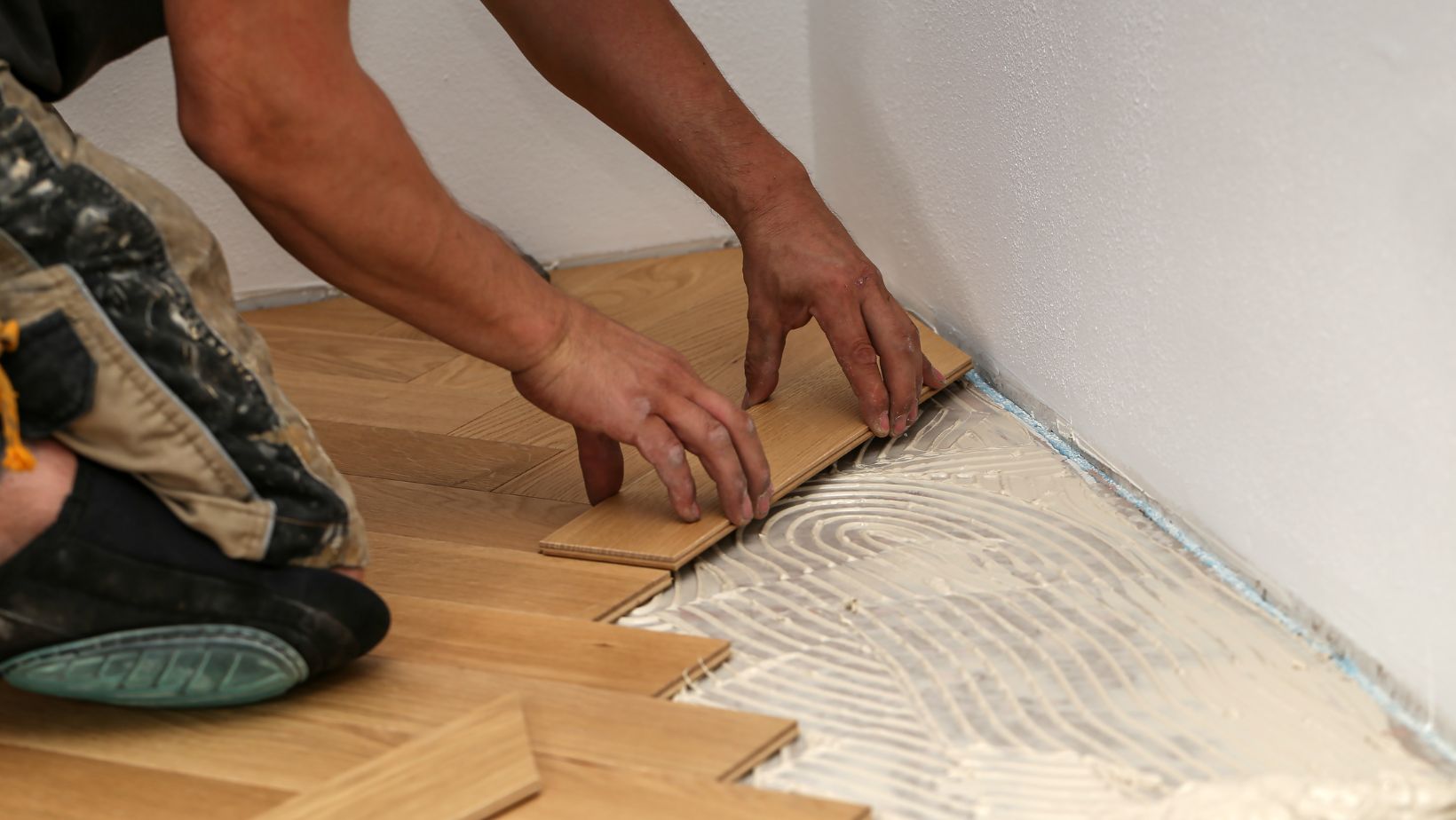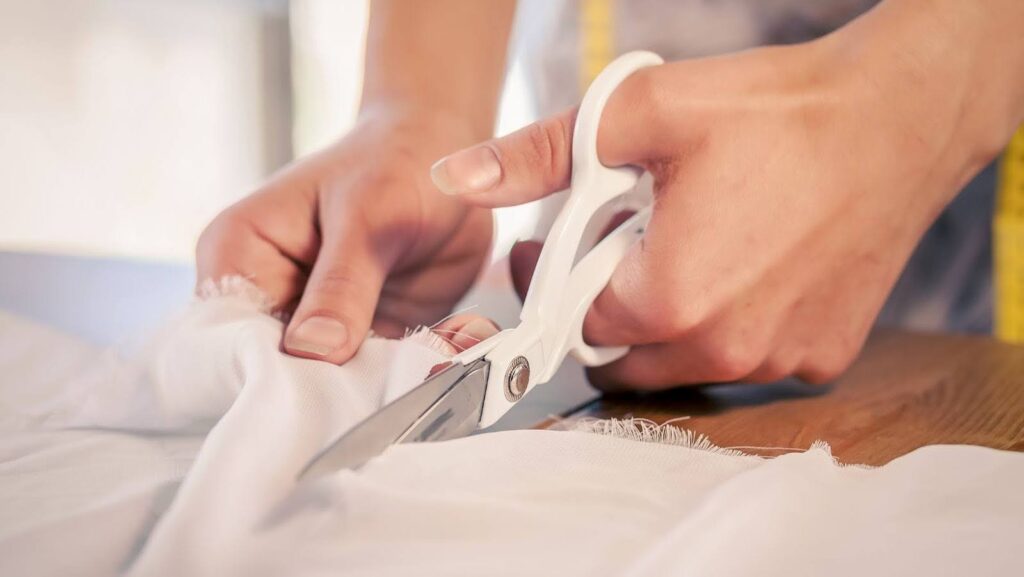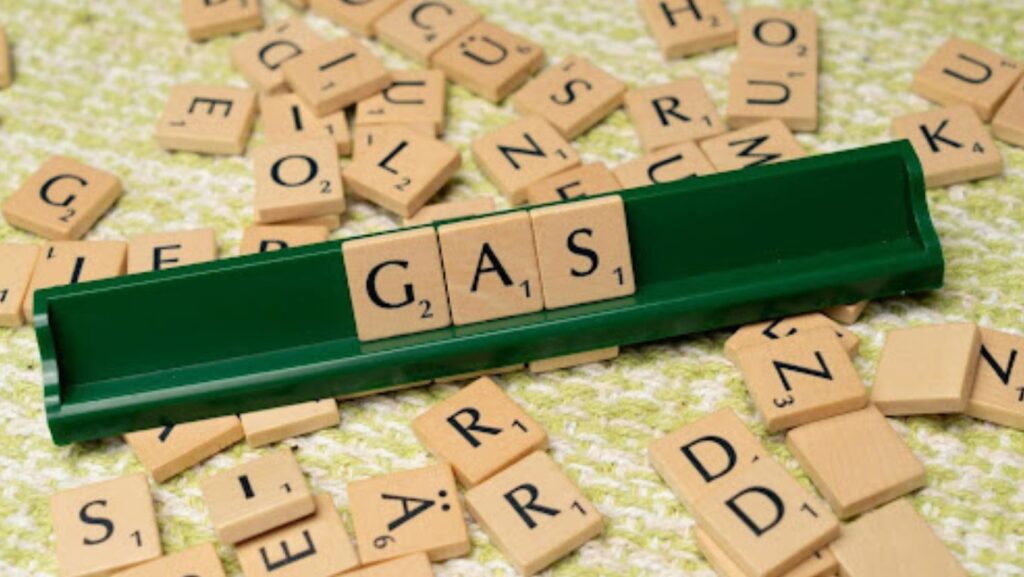Scratched floors can make an otherwise beautiful space look worn and neglected. Whether it’s hardwood, laminate, or vinyl, scratches are a common issue that can happen from moving furniture, pet claws, or everyday wear and tear. While deep gouges might require professional repair, most surface scratches can be fixed easily at home with the right tools and techniques. If you’re dealing with painted or polyurea coated floors, polyurethane floor paints can help restore their appearance while adding extra protection
Identify the Type of Flooring and Scratch Depth
Before attempting any repair, it’s important to assess both the type of flooring and the severity of the scratch. Different materials require different approaches, and using the wrong method could make the problem worse.
- Light surface scratches – These only affect the protective finish of the floor and are easier to fix.
- Medium scratches – These penetrate the surface layer but don’t go deep into the material.
- Deep scratches and gouges – These cut through the top layers and may require more extensive repair.
Once you determine the depth, you can choose the best method for fixing the scratch.
Fixing Scratches on Hardwood Floors

For Light Scratches:
- Clean the scratched area with a soft cloth and a wood-friendly cleaner.
- Rub a walnut or pecan over the scratch—the natural oils can help blend it into the surrounding wood.
- Alternatively, use a wood touch-up marker that matches your floor color.
For Medium Scratches:
- Apply a small amount of wood filler or crayon-based wood filler to the scratch.
- Wipe away excess filler with a damp cloth and let it dry.
- Buff the area with a soft cloth to blend it with the rest of the floor.
For Deep Scratches:
- Sand the scratched area gently with fine-grit sandpaper.
- Wipe away dust and apply a matching wood stain or polyurethane coating.
- Let it dry completely before walking on the area.
Fixing Scratches on Laminate Floors
Laminate flooring is designed to be scratch-resistant, but it’s not scratch-proof. Here’s how to fix minor damage:
- Use a laminate floor repair kit, which typically includes putty or filler in various shades.
- Clean the area and apply the filler using a putty knife.
- Let it dry and smooth out any excess with a damp cloth.
- Avoid sanding laminate flooring, as it can remove the protective layer.
Fixing Scratches on Vinyl Floors
Vinyl floors are durable, but they can still get scratched over time. The good news is that minor scratches are easy to repair:

- Apply a vinyl floor scratch repair kit (available at most home improvement stores).
- For light scratches, buff the area with a melamine sponge (magic eraser).
- For deeper scratches, apply a thin layer of clear nail polish or a vinyl floor sealer to protect the area.
Protecting Your Floors from Future Scratches
Once you’ve repaired your scratched floor, taking steps to prevent further damage will keep it looking great for longer.
- Use furniture pads under chairs and heavy furniture.
- Keep pet nails trimmed to prevent deep scratches.
- Place rugs or mats in high-traffic areas to reduce wear and tear.
- Sweep and mop regularly to remove dirt and debris that can cause micro-scratches.
Fixing a scratched floor doesn’t have to be expensive or time-consuming. With a little effort and the right materials, you can restore your floor’s appearance and extend its lifespan without hiring a professional.

